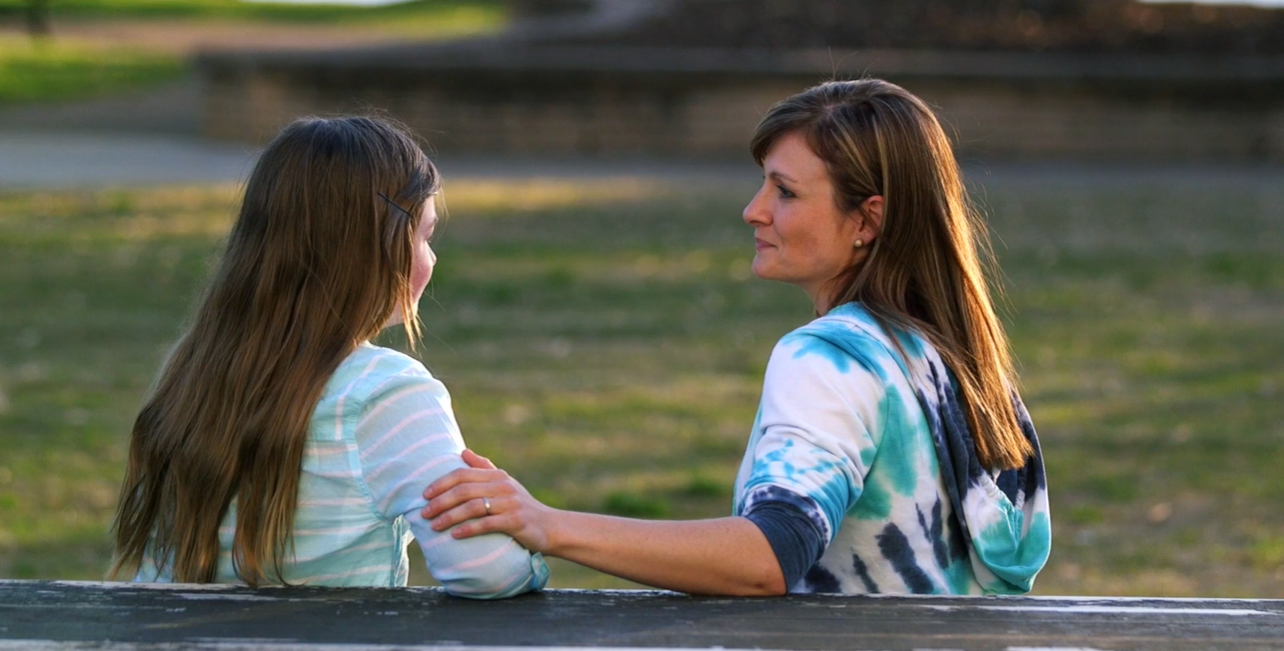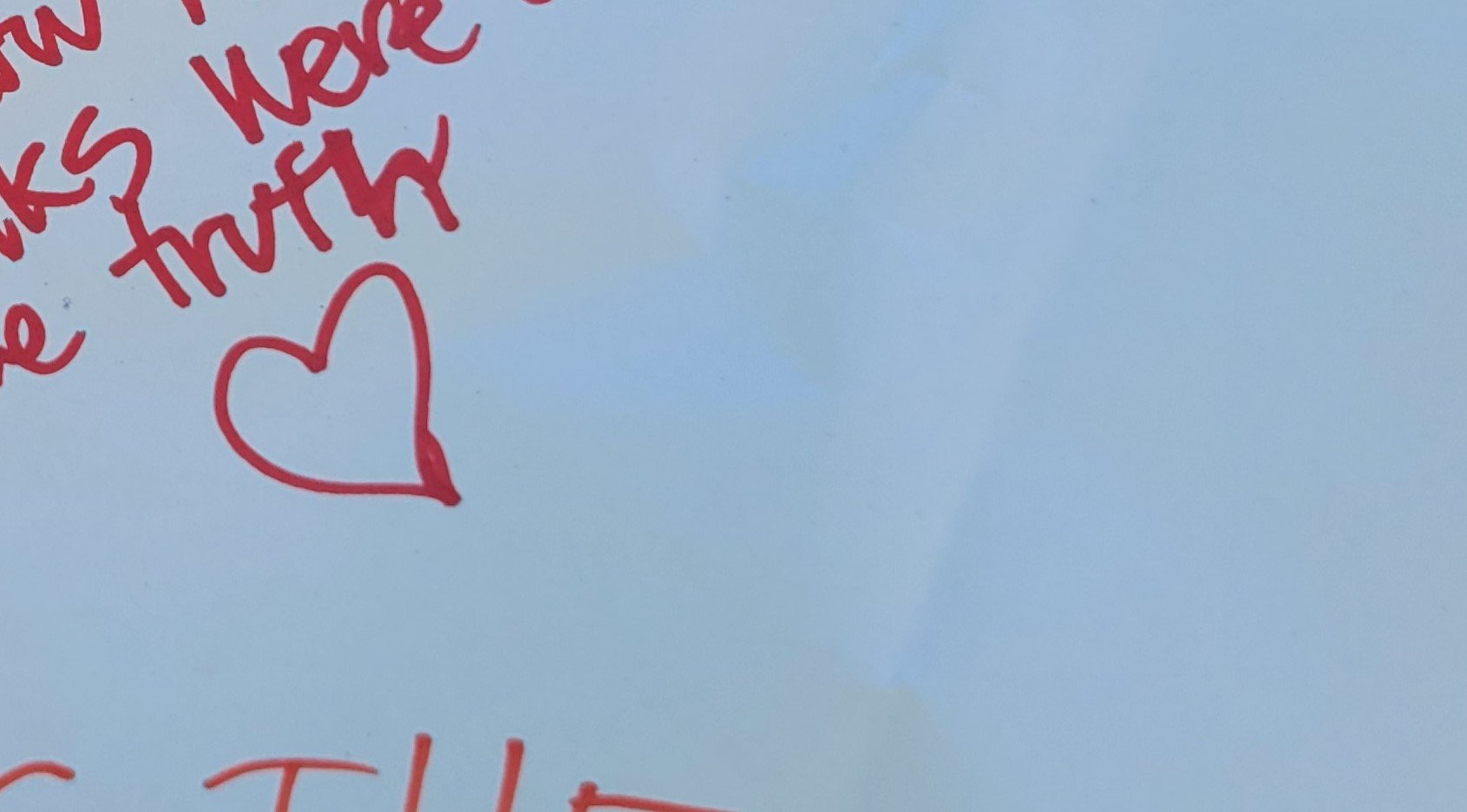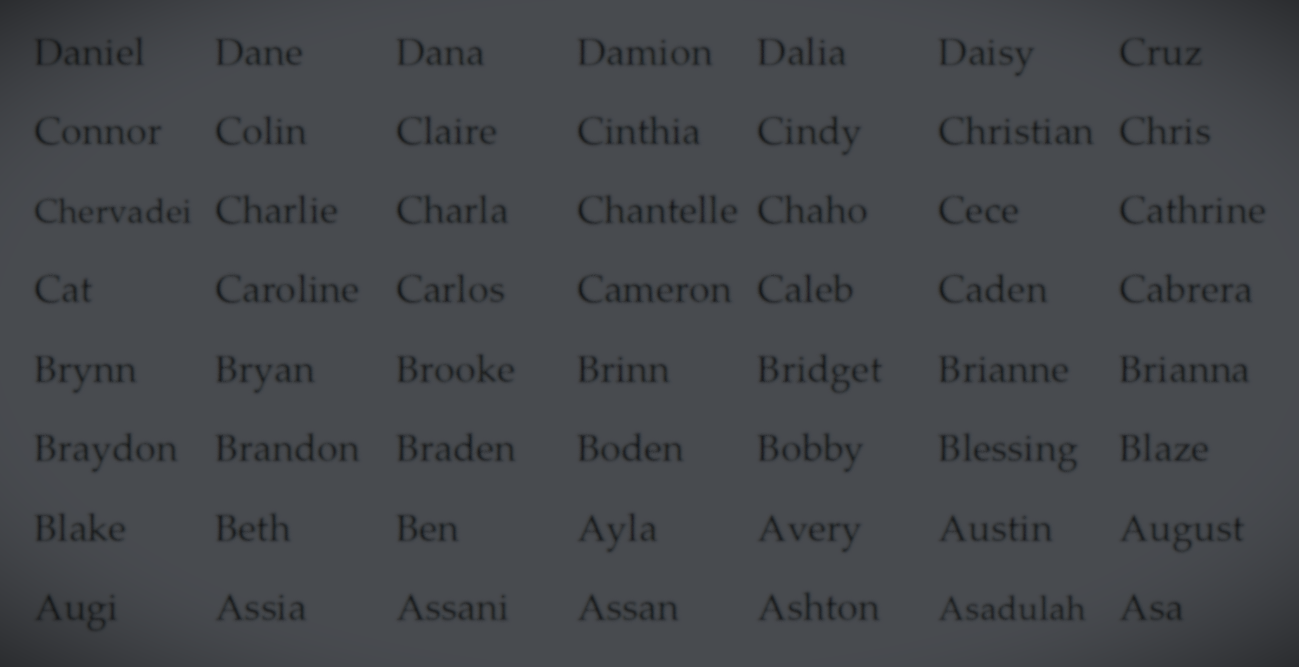My Presentation at Yale on October 1
I'll be speaking at Yale this coming weekend on the topic "Mastering Dialogue to Make Abortion Unthinkable" as part of the "Vita et Veritas" Conference hosted by Choose Life at Yale (CLAY). Here's a description of what I'll share in that presentation:
The pro-life movement is full of good intentions, but without a focus on changing public opinion, we can’t hope that the unborn will ever be protected in law the way other human beings are. Contrary to popular perception, however, public opinion is not fixed, and it’s not easy to pin down. It's all over the map, with many people uncertain of their positions. Many others are certainly against most abortions, but they lack the courage or confidence to argue publicly that abortion is wrong or that the unborn should be protected in law. While there is value in many pro-life activities, the pro-life movement must at the very least “get back to the basics” of mastering the skills of dialogue that makes abortion just as unthinkable as other human rights violations. Dialogue cannot be merely a buzzword, however, and its substance must be permeated with genuine love for every human being, including the pro-choice advocate and the women and men personally wrestling with unplanned pregnancy and abortion. In “Mastering Dialogue to Make Abortion Unthinkable,” Steve Wagner draws upon thirteen years of outreach experience and hundreds of conversations with pro-choice advocates to give the audience a road map for becoming skilled at the sort of dialogue that helps pro-choice advocates change. Steve outlines the key principles of dialogue, but also gives practical tools pro-life advocates can begin using to change hearts and minds immediately.





